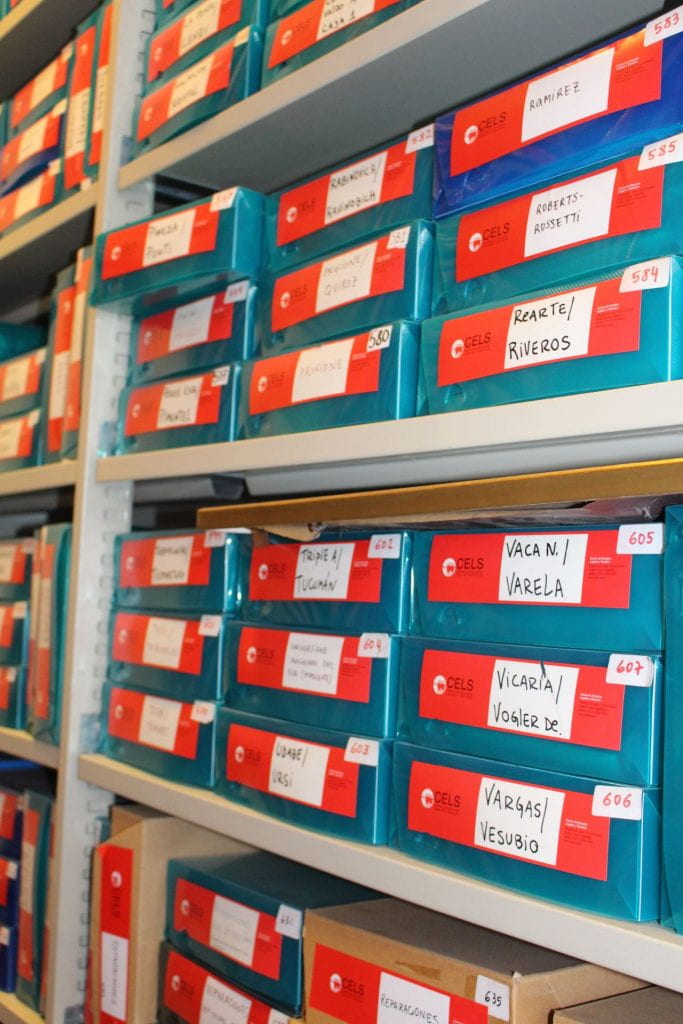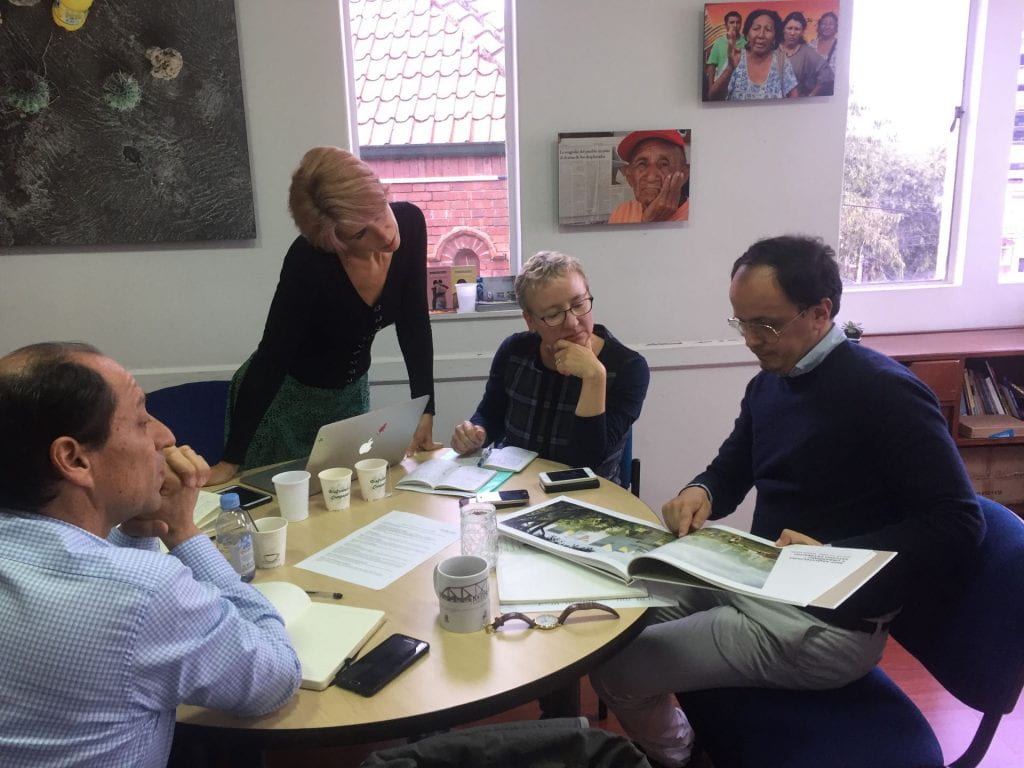
Documentality and Display:
Archiving and curating the violent past in contemporary South America
Our British Academy-funded project asks the following questions: How should those effected by State violence and armed conflict record and collect their experiences to lend them effectively to future justice processes and future use? How are questions of inclusiveness, categorisation and material delimitations dealt with by established and emerging archives and documentation centres? How are these centres being used? This research draws upon the notion of ‘documentality’ in the philosophy of Ferraris (2013; also Bell, 2018), by which the social order is understood to be founded upon the ways in which human lives are inscribed materially and imaginatively, to study key centres of post-conflict documentation in Argentina, Chile and Colombia. It investigates how their modes of recording attempt to lend order to the messiness of violence, and how documents are put to work within legal, cultural and aesthetic processes that place them within other forums, e.g. courts, websites and community spaces, with their distinct modes of display.
The project will focus the bulk of its attentions on Colombia, while comparing and contrasting it with the experiences of other two important archives in South America:
i) Nacional de Memoria Histórica, Bogotá, Colombia
ii) Fundación de Documentación y Archivo de la Vicaría de la Solidaridad, Santiago, Chile
iii) Memoria Abierta, Buenos Aires, Argentina
It is our overall hypothesis that the documentation of violence by those effected by State violence and armed conflict is crucial to how transitional justice mechanisms operate, and that this is so on at least two important levels. First, the decisions about how to organise the messiness of violence by these centres enables transitional justice mechanisms to have some purchase on the extent and quality of violence, and come to be used by (especially legal) professionals in making decisions about responsibility. Second, that the archives/centres play an important role in displaying facts and figures that maintain the conflict in public discussions, either by themselves showing or by lending others the materials to do so, such that they contribute to how the violence is imagined and ‘inherited’.
How to organise the messiness of violence?
On a more practical level, our hypothesis is that there are experiences of collecting and maintaining the archives/centres of documentation – questions of classification, questions of spatial organisation and architecture, problems of security, issues of inclusiveness/exclusion and of how the collections are utilised – that could useful be articulated by and between these centres, and between them and comparable or future centres within or beyond Latin America. In this way, we intend this to link the research to the aims of the sustainable development programme regarding peace building and peace keeping.

